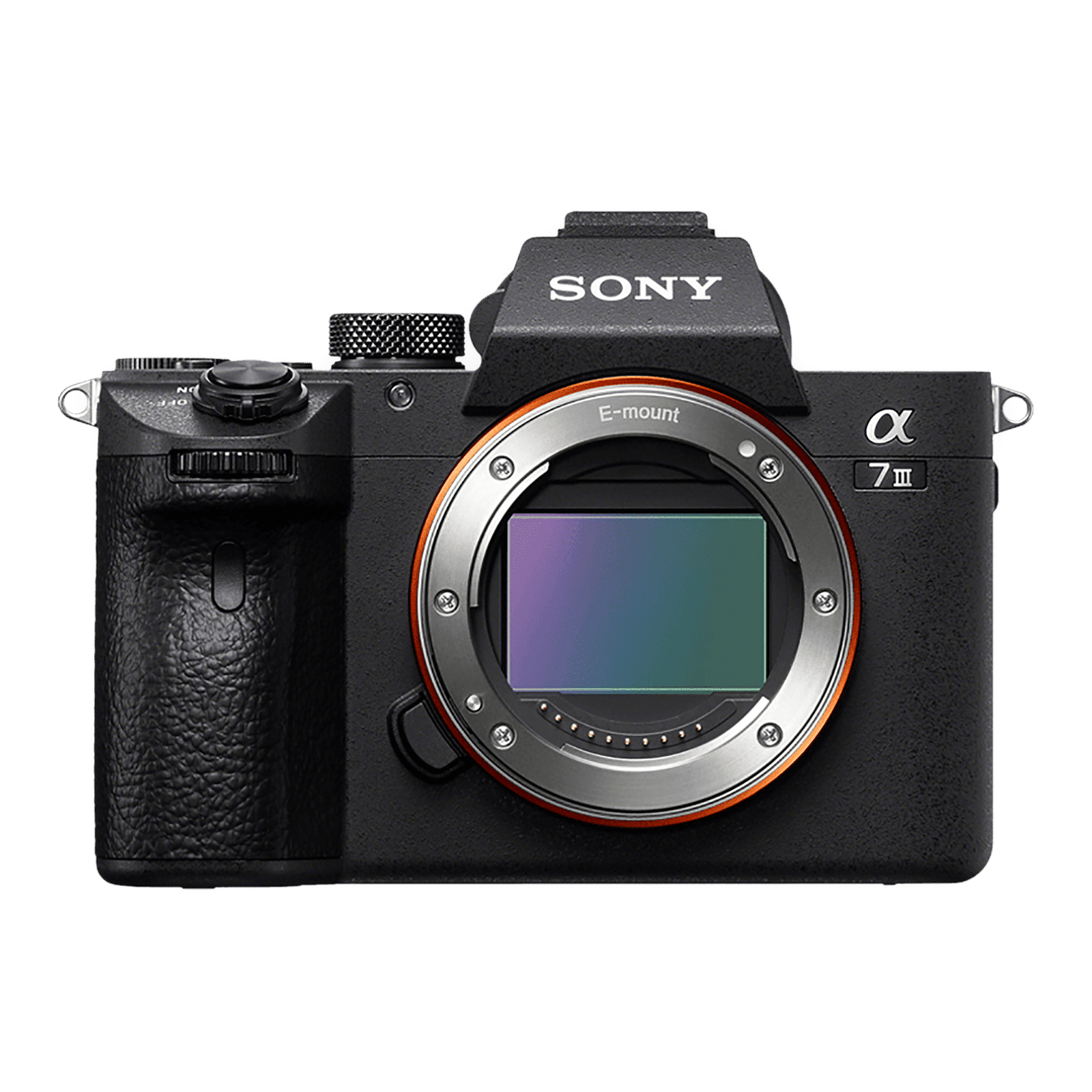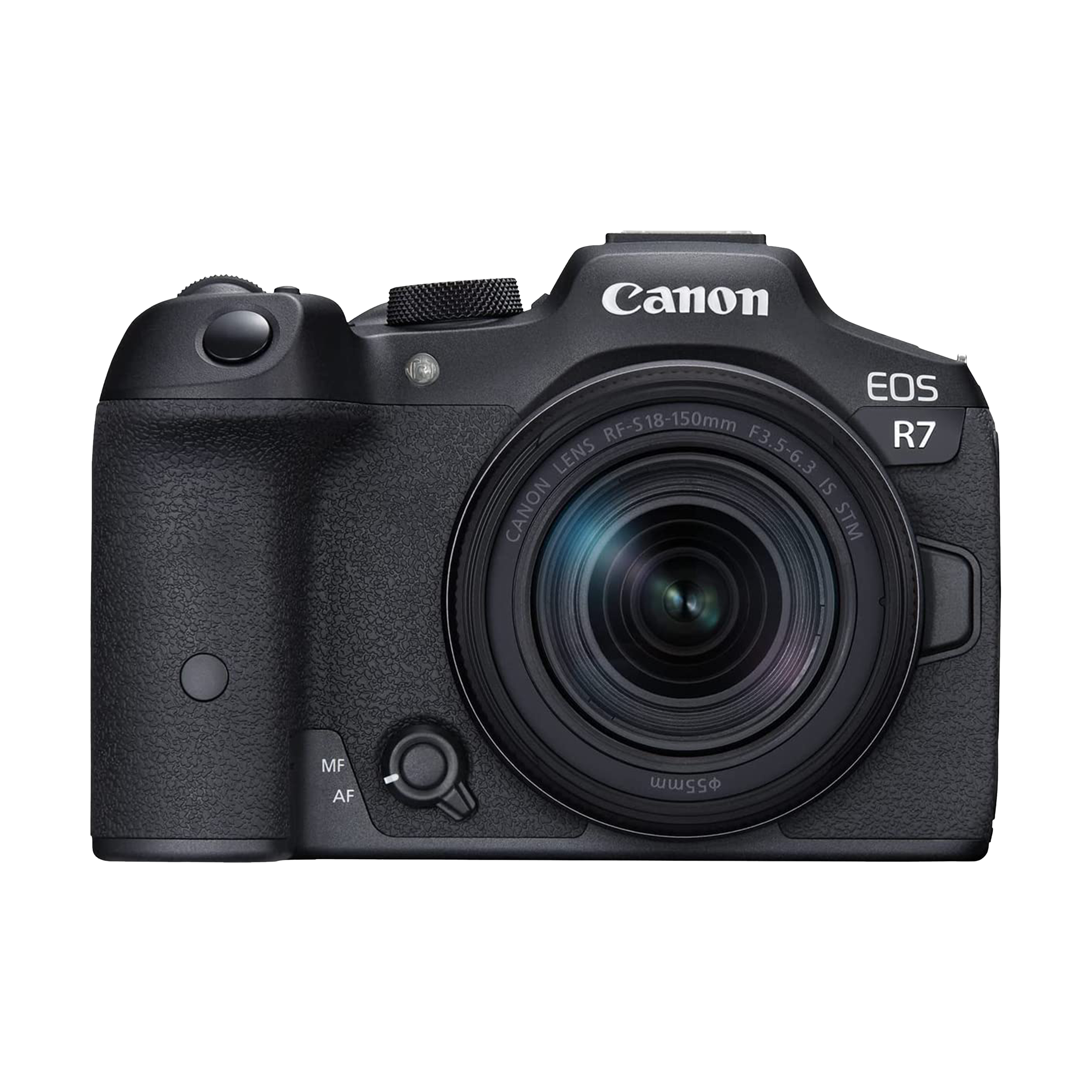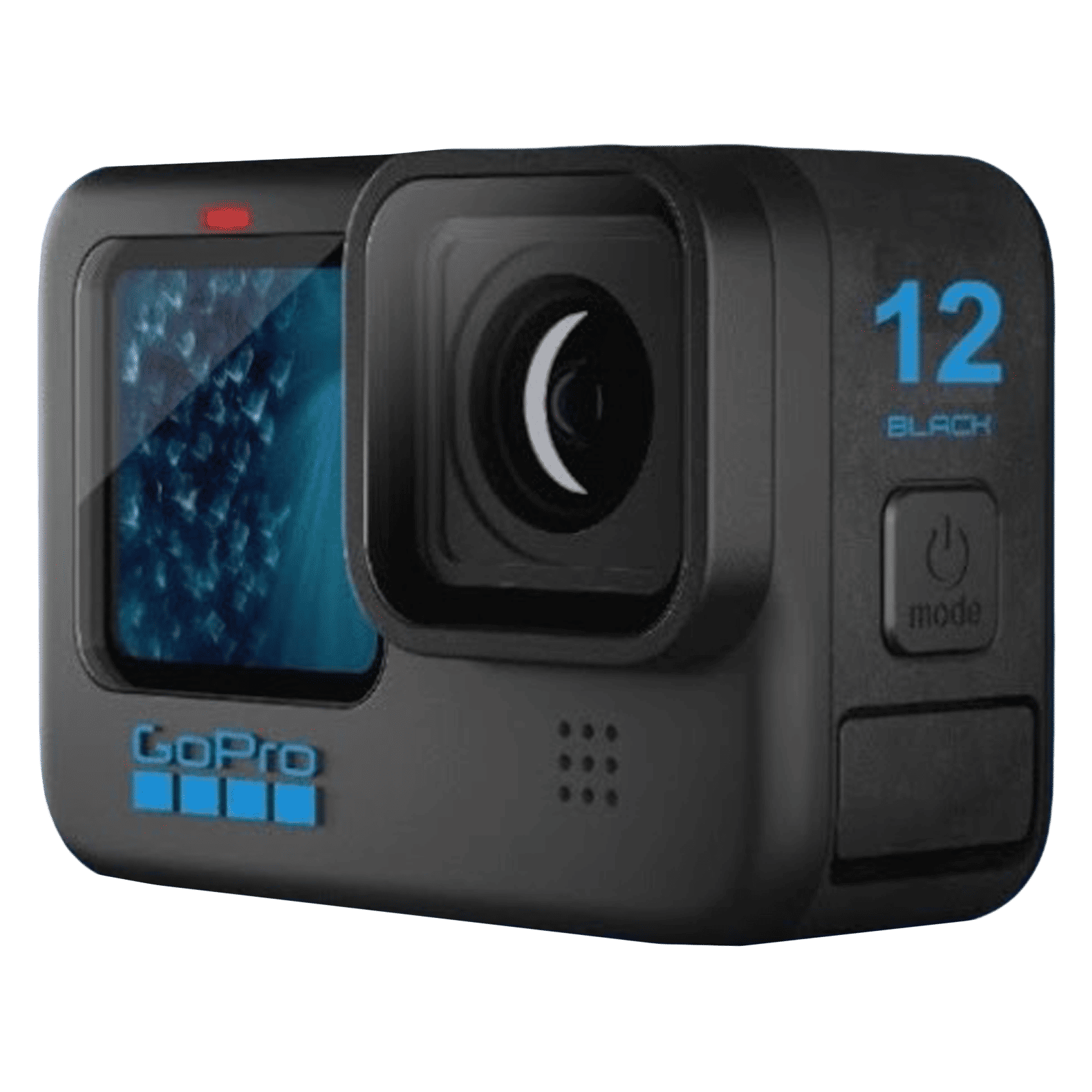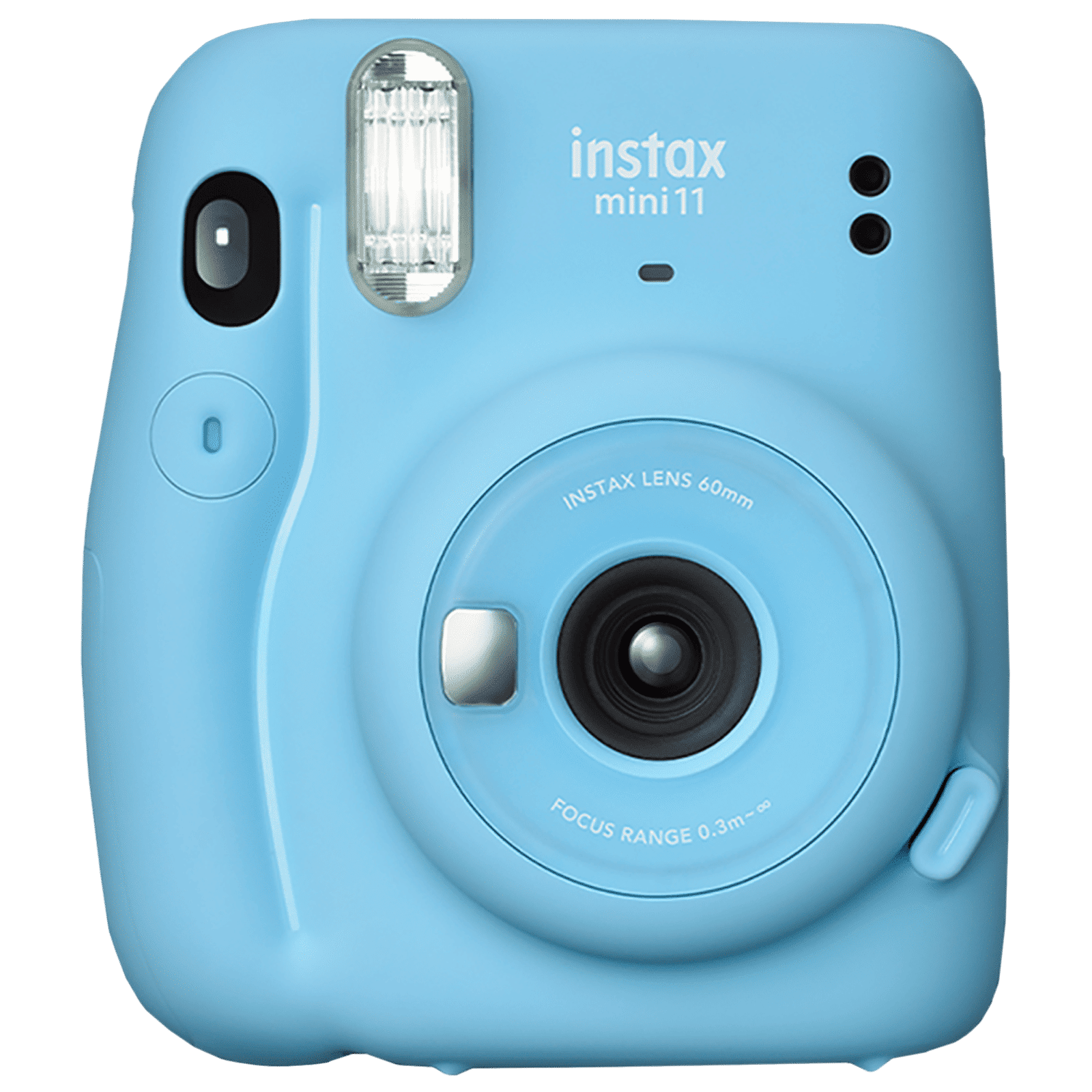Photography was once an endeavour of a select few and even that depended on the type of camera one could afford back then or used mainly by professionals. Now, thanks to technology, photography has evolved to become an everyday thing and cameras have evolved to keep up with this changing world of photography.
Gone are the days when film cameras ruled the roost. Today, there are a number of different types of cameras available to meet the needs of every photographer. While some of these types are instantly recognisable ones like a DSLR or a smartphone camera, there are others like medium or digital cinema cameras that push the envelope of imaging.
Whether you are a beginner or a professional photographer, you will find all of these kinds of cameras not only useful but fit your lifestyle.
Different types of cameras for photography
1. Point-and-Shoot Cameras
2. Digital SLR Cameras
3. Mirrorless Cameras
4. Medium Format Cameras
5. Bridge Cameras
6. Action Cameras
7. Instant Cameras
8. 360-degree Cameras
9. Film Cameras
10. Rugged Cameras
11. Smartphone Cameras
12. Digital Cinema Cameras
13. Drones
1. Point-and-Shoot Cameras
Point-and-shoot cameras, as the name implies, are designed to help the user point at a subject and capture images immediately. These types of cameras are small, compact, lightweight, and easy to use. A typical point-and-shoot camera has a fixed lens and zoom capabilities to help meet the needs of casual photographers. They are extremely convenient to use and reliable to capture everyday moments.
2. Digital SLR Cameras
Digital SLR(or digital single lens reflex) cameras are the preferred choice of cameras among photographers due to their performance and versatility. A DSLR camera uses a mirror mechanism to reflect light from the lens to an optical viewfinder, allowing users to see exactly what the lens sees and as the photographer presses the shutter, the mirror swings out of the way and allows the light to go through to the digital image sensor.
ALSO READ: 5 best Canon DSLR and mirrorless cameras to buy in 2024
There are two primary types of DSLR cameras: full-frame, and APS-C. A full-frame DSLR uses a 35x24mm sensor to match the size of 35mm film while an APS-C camera uses a crop sensor. These cameras not only come with fast processing, and the ability to shoot RAW images, but also support interchangeable lenses. Their excellent image quality makes them ideal for both professional photographers as well as enthusiasts.
Product in focus
SONY Alpha 7 III 24.2MP Full Frame Camera (Body Only, 35.6 x 23.8 mm Sensor, Tiltable Screen)
Buy now

3. Mirrorless Cameras
If you remove the mirror mechanism found on DSLR cameras then the resulting product is called mirrorless cameras. In mirrorless cameras, the light goes directly to the image sensor and the photographer can see what they are shooting via an electronic viewfinder or a rear LCD screen.
This design makes mirrorless cameras more compact, lightweight, and also silent. They also include interchangeable lenses and manual controls but many photographers see the benefit of faster autofocus as their true USP. While DSLRs had an edge over mirrorless cameras, the latter is now able to capture high-resolution images with even faster shutter speeds, making them popular even among sports photographers.
Product in focus
Canon EOS R7 32.5MP Mirrorless Camera (18-150 mm Lens, 22.3 x 14.8 mm Sensor, Vari-Angle Touch Screen LCD)
Buy now

4. Medium Format Cameras
A medium-format camera generally has a sensor bigger than the one found on DSLR and mirrorless cameras. This use of large sensors allows them to produce images in higher resolution and of superior image quality. They particularly stand out for incredible depth in images and stunning details while also supporting interchangeable lenses.
The downside of medium format cameras is that they tend to be heavier, larger, and more expensive than other types of cameras. However, the superior image quality has earned medium format cameras loyal users in the form of professional photographers and studio professionals for commercial, fashion, and landscape photography.
5. Bridge Cameras
A bridge camera is a type of camera that bridges the gap between a compact point-and-shoot and a DSLR camera. They have a compact form factor and fixed lenses like a point-and-shoot camera but offer powerful zoom function, manual controls, and an electronic viewfinder. It is an ideal camera for those looking to upgrade from a point-and-shoot camera system but not ready to leap to a digital SLR camera. Some models even use a 1-inch sensor and are often used for wildlife photography, travel and adventure photography.
6. Action Cameras
Action cameras are meant for those actions which would otherwise be difficult to capture with a DSLR or other traditional type of camera. Imagine you are cycling on a dirt road and want to capture the action, a DSLR won’t only be difficult to mount but also add unnecessary weight. An action camera, on the other hand, won’t only fit but will bring a whole new perspective.
ALSO READ: Dash cam vs action camera: Which one to buy?
They are usually compact enough to fit in your palm, sport waterproof housing, and come with a plethora of mounts to attach them to a helmet, bicycle, aeroplane window, or even a drone. Their wider field of view allows for creativity but is limited by fixed focus and not fully customisable exposure settings.
Product in focus

7. Instant Cameras
One of the fastest-growing camera categories is instant cameras, also known as polaroid cameras. These cameras are ideal for those who want to instantly print their photos and turn memories into photos at that instant. An instant camera uses self-developing film packs to immediately print an image and their nostalgic appeal has made them a hot gadget among Gen Z users. They are perfect for weddings, parties, and any other event where you want to bring a vintage look to your photography. Even though Outkast recommends “Shake it like a Polaroid picture”, it doesn’t necessarily help.
Product in focus

8. 360-degree Cameras
A 360-degree camera uses back-to-back lenses to capture panoramic photos and videos. They use a combination of lenses and software to recreate a spherical view of the surroundings and allow users to interact with the scene in every direction. They have been used to capture content for virtual reality (VR) experiences and sometimes act as an extension of instant cameras. However, it is a challenge to produce perfectly usable panoramic shots with 360-degree cameras and working with the output is another challenge.
9. Film Cameras
Another kind of camera gaining popularity due to the younger generation is film cameras. While they were the predominant type of camera for photography in the 20th century, many might think these cameras have become obsolete. However, they are seeing a newfound resurgence. A film camera uses a photographic film which is exposed to create a latent image before being developed and processed into the final image.
Even today, they stand out for their unique aesthetics, especially the grain, colour reproduction, and dynamic range. Some camera makers have tried to bring these attributes to their digital cameras now. They are liked for their ability to reproduce natural-looking images but capturing an artistic image is a chore.
10. Smartphone Cameras
The best camera is always the one you have with you and it’s particularly true for smartphone cameras. A smartphone camera has made some of the biggest technological leaps to now support zoom photography as well as variable aperture. Even the likes of Leica, Hasselblad, and Zeiss have jumped onto the smartphone camera bandwagon.
ALSO READ: World Photography Day: Best camera smartphones for those unexpected moments of magic
The newest generation of smartphone cameras has high-resolution image sensors, RAW capture, and even 8K video recording. With the introduction of computational photography, a smartphone camera can capture low-light images that will put some dedicated cameras to shame. Most premium smartphones like the Apple iPhone 15 Pro, Samsung Galaxy S24 Ultra, and Google Pixel 8 Pro offer unrivalled imaging in such a form factor.
11. Rugged Cameras
A rugged camera essentially looks like a compact point-and-shoot camera but is shockproof and waterproof. They are all-weather and all-terrain cameras aimed at adventurers and some action cameras can also be called rugged cameras. They are small, portable, and extremely resistant to the environment but often lack in terms of image quality.
12. Digital Cinema Cameras
A digital cinema camera is a professional filmmaking tool that is used for video production. They feature a large sensor to capture cinematic footage and have resolutions such as 4K, 6K, or 8K to deliver greater detail and clarity. These cameras also allow users to shoot in LOG mode offering great editing capabilities including colour grading options. These cameras are not very common but are used by professional filmmakers and video producers.
13. Aerial camera
An aerial camera or a drone is a type of camera that brings a unique perspective with its ability to shoot aerial views and follow a moving subject. They are mostly used in areas where a traditional camera won’t be enough and can reach tight spaces or difficult-to-access areas. They are commonly used to capture videos of cars as well as landscapes, buildings, and even some adventure sports.
ALSO READ: A guide to mirrorless cameras
While these are the most commonly recognisable types of cameras, there are others like trail cameras used for wildlife photography as well as remote monitoring and surveillance of wildlife. For most photography needs, a smartphone will suffice these days but as you get a better camera, your imaging experience will also evolve and with that, your storytelling capabilities will change too.
Unleash your inner geek with Croma Unboxed
Subscribe now to stay ahead with the latest articles and updates
You are almost there
Enter your details to subscribe

Happiness unboxed!
Thank you for subscribing to our blog.
Disclaimer: This post as well as the layout and design on this website are protected under Indian intellectual property laws, including the Copyright Act, 1957 and the Trade Marks Act, 1999 and is the property of Infiniti Retail Limited (Croma). Using, copying (in full or in part), adapting or altering this post or any other material from Croma’s website is expressly prohibited without prior written permission from Croma. For permission to use the content on the Croma’s website, please connect on contactunboxed@croma.com
- Related articles
- Popular articles













Karthekayan Iyer
Comments